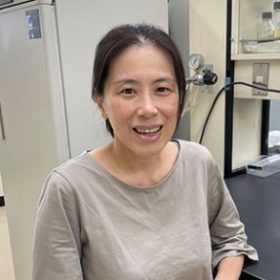Theme of Research

Specific responses of glial cells such as microglia (red) and astrocytes (green) to the amyloid pathology (blue) characteristic of Alzheimer’s disease.(Saito et al., Nat Neurosci. 2014)
Member






Major research achievements
-
Inflammasome signaling is dispensable for ß-amyloid-induced neuropathology in preclinical models of Alzheimer's disease.
Nature Communications 15, 1323409 (2024) -
Tau binding protein CAPON induces tau aggregation and neurodegeneration.
Nature Communications 10, 2394 (2019) -
Humanization of the entire murine Mapt gene provides a murine model of pathological human tau propagation.
Journal of Biological Chemistry 294, 12754-12765 (2019) -
Calpain activation in Alzheimer's model mice is an artifact of APP and presenilin overexpression.
Journal of Neuroscience 36, 9933-9936 (2016) -
Single APP knockin mouse models of Alzheimer’ s disease.
Nature Neuroscience 17, 661-663 (2014) -
Potent amyloidogenicity and pathogenicity of Aβ43.
Nature Neuroscience 14, 1023-1032 (2011) -
Link to the original HP





